Being the part of the two continents Asia and Europe, it unifies eastern and western culture for thousands of years. It is both a Western-friendly and Muslim-friendly city, and certainly a tourist friendly city, where we found absolutely no problem finding our hotel upon reaching there. However, as tourists, we are always reminded to be aware of some scams which might happen.
This is how friendly they are, while we were looking at our map and finding road signs.
“Hello do you need help?”
“ No thanks.”
“ I think you need help.”
“ No, no thanks.” *trying to walk away*
“ Yes, you need help. Come here! I show you the way. Which hotel are you staying?”
And so we were “forced” to ask him.
Another situation, at the moment we just took out our map from the bag, without having the chance to unfold it.
“ Hey are you lost?”
“ No, no.”
“ Yes you’re lost! Where do you want to go? Let me tell you.”
Again, “forced” to be guided by him.
After checking in, we started exploring the city. As Istanbul is a city founded on seven hills, we kept walking uphill and downhill, then again uphill and downhill. Never ending hills!
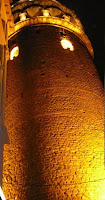
Galata Tower, built in 1348. It was the city's tallest structure when it was built, based on the highest point of citywalls to help cityplanning. It’s used as a tower of the walls surrounding Galata, sometimes used as a warehouse and sometimes a prison by the Ottomans, and sometimes a fire lookout tower.

Istiklal street, one of the liveliest of Istanbul. Everyday thousands walk through it.
It offers anything about shopping and hosts a wide food & beverage scene with options for any taste and budget.
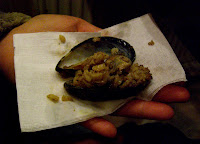
Stuffed mussel with rice. One of the most appetizing food we had there.
How to eat it elegantly :
1. Break off the top shell
2. Squeeze on a little lemon juice
3. Use the loose shell as a scoop to spoon the delicious content straight into your mouth

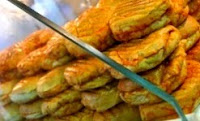
Breakfast buffet by Hotel Asmali
We started our day at the Hippodrome in Sultan Ahmed Square : the site of entertainment and rebellion, victories and massacres
Obelisk of Theodosius. It was brought from Egypt with great difficulty by the emperor Theodosius. Half of it was cut off in order to place in on a cargo vessel available at the time and erected over a period of 32 days at the centre of Hippodrome.

Serpentine Column. Brought to Istanbul by the emperor Constantine I, it was originally erected in Delphi,Greece to commemorate a victory against Persian army and was made by melting weapons taken from the war. It was originally a column of three entwined serpents supporting a vessel where an eternal flame, was kept burning for the memory of the war, but the vessel was melted down to mint coins.
German fountain. It was a gift from Kaiser Wilhem of Germany to commemorate his visit to Istanbul in 1901. It was constructed in Germany, shipped to Istanbul, and erected in the Hippodrome.
 Blue Mosque. The name gave us imagination that it’ll be blue in color, however we found nothing blue from the exterior of the mosque. It is called the Blue Mosque because of its interior tiles, mostly on the upper level and difficult to see unless you're right up there with them.
Blue Mosque. The name gave us imagination that it’ll be blue in color, however we found nothing blue from the exterior of the mosque. It is called the Blue Mosque because of its interior tiles, mostly on the upper level and difficult to see unless you're right up there with them. 
Hagia Sophia. It served the Christian faith for a thousand years, Islam for five hundred years, and has been open to visitors as a museum for 75 years.

Inside Hagia Sophia.
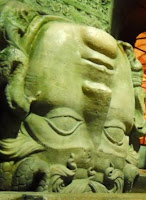
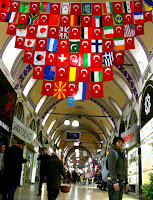 Bargaining is a must as the seller would purposely increase the price, knowing us being a tourist there.
Bargaining is a must as the seller would purposely increase the price, knowing us being a tourist there. It’s quite easy bargaining there.
*pointing at a t shirt* “How much?”
“20 lira.”
*walked away*
“Okay how much you want? 15 lira!”
*continued walking away*
“10 lira!”
*slowed down our pace*
“Okay 8 lira!”
*went back to him*
Heading towards the Egyptian Bazaar. The second biggest closed market. During the Ottoman Empire, most spices were imported from Egypt and that’s why the market was also known as the Egyptian Bazaar. Besides spices, dried fruits, nuts and seeds, Turkish Delight and other edibles are also sold here.


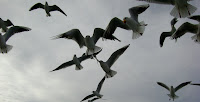 A local seems delighted feeding the seagulls with simit ( round bread covered with sesame, a local streetfood) and kept giving us some simit, wanting us to feed with him. It was quite a pleasure watching the seagulls making acrobatic movement catching the simit we threw.
A local seems delighted feeding the seagulls with simit ( round bread covered with sesame, a local streetfood) and kept giving us some simit, wanting us to feed with him. It was quite a pleasure watching the seagulls making acrobatic movement catching the simit we threw.

 Haydarpasa train station, a German style architecture in Kadikoy in the Asian side.
Haydarpasa train station, a German style architecture in Kadikoy in the Asian side. Kadikoy means city of the blind. It was the land of the blindmen who built the city here, and failed to notice the beauty of Sayarburnu, the part just across the strait where the historical Sultanahmet Square is located.
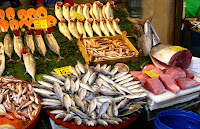





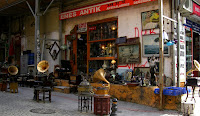
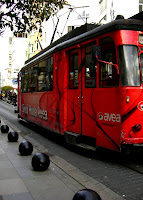
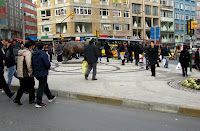
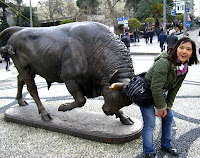
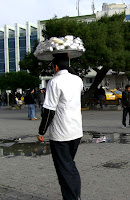

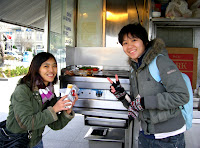

Fresh fish + salad + grilled bread. A must try!

Leaving the Asian side
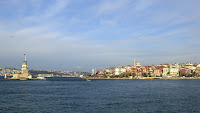
Maiden Tower, used as a lighthouse. A legend about the tower is that an empire was told that his daughter was going to die as a result of snakebite. Thus he locked his daughter in this tower to prevent this from happening. However she still ended up dying after being bitten by a snake hidden in the fruit basket sent by a prince.
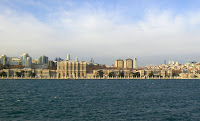
Dolmabahce Palace, the first example of palaces set along the shores of Istanbul Strait. It is a European-style palace where sultan and his family settled after abandoning Topkapi Palace,the former residence near Sultnahmet Square.

Besiktas Square
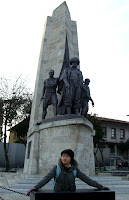
Barbaros Hayreddin Pasa statue, a famous Ottoman naval admiral who made his home here in the 16th century.
The lower part is stuffed with cafes and restaurants and most of them have tiresome touts trying to make you choose them.
“Malaysia.”
“Owh! Beautiful place. Where would you like to have dinner tonight?”
“We haven’t decided yet.”
“Why don’t try our restaurant. We give you special price.”
“How special?”
*showing the menu* “This fish,20 lira. For you, 10 lira only.”
*unbelievable face* “10 lira?!”
“Yes, 10 lira only. And coffee and tea, all free. Come in.”
“We’re not hungry yet. Thanks!” *wanted to walk away*
“Come in come in. You can sit and have a coffee first.”
“No, no thanks!” *quickly walked away*
“Hello! Where do you come from?”
“Malaysia.”
“I love Malaysia! I have a friend from there. Come to our restaurant, we give you special price.”
“No thanks.” *trying to walk away*
“Wait wait! Come see the menu, you see this fish, 20 lira. Special price for you, 10 lira. Fish, with salad, and fries. Big! Very big! For drinks, coffee and tea, all free.”
“No thanks no thanks.” *quickly walked away*
“Okay I know many people had been approaching you. But I still wanna ask you, would you like to have dinner here?”
“No, no thanks.”
“Why not? Come and have a try. We give you special price. Very very cheap.”
“Okay, later. Later. We wanna take photo first.”
“Later? Promise?”
*looking at each other*
“Promise?”
“See first. Hehe.”
“Okay I give you my name card, when you come back come find me. This is my name,Ahmad. I give you special price. Very cheap! “
“……”

Fishing rods from the lower part of the bridge.

View from the bridge.
Locals fishing on top.
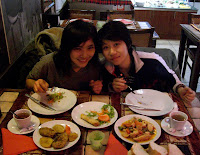
We had dinner in The Pudding Shop. It is famous for being the meeting spot for many hippies traveling in the 60's & 70's. They would visit the Pudding Shop and leave notes looking for people to travel with. There are history via the various photos and other memorabilia on the walls and menu for us to look through while waiting for our food.
It has warm, welcoming atmosphere, with nice and friendly waiters. However the food was certainly not gourmet, and quite stodgy. Not as nice as expected.

The Blue Mosque at night.
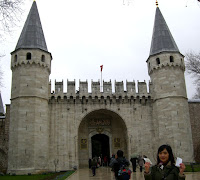

It is quite an experience to see the difference of this palace with other European palaces. We found it plain and simple, nothing fancy.
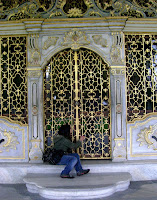
This is because the sultans paid more attention to building grandious religious buildings.while their residence were built just enough to meet their needs. Probably due to the influence of Islamic thought.

View of Marmara Sea from the palace
The most interesting part in the palace is the Harem, where the many wives of the Sultan lived, a world where no man (except him) could enter.

The Mother Queen and her attendants
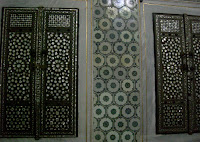
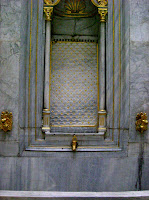
In the harem section of the palace, special care was given to the design of the hammams, where the sultans and his wives and favourite women got relaxing steam baths and massages.
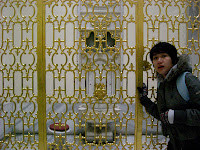
All the sultan wanted is to relax in the hammmam, so to escape the squabbling women seeking for his attention, his hammam section is enclosed with special grill made of gold. No one was allowed to enter.
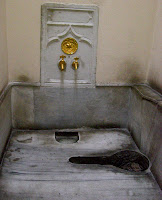
Sultan’s toilet

The harem section was also home to the concubines, whom the sultans picked up as orphaned children during wars and brought to the palace. They were brought up as royal personages here. After they were grown up, anyone whom the sultan fancy will become his wife.

Sultan’s pool
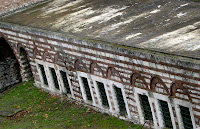
Place where concubines are locked
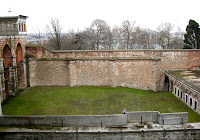

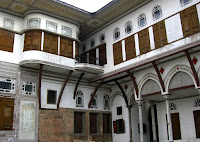
Courtyard of the favourites
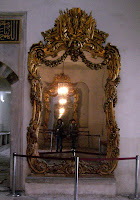
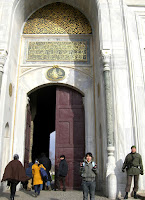
The Imperial Gate. The sultan would enter the palace through the Imperial Gate. On each side of the hall are rooms for the guard.
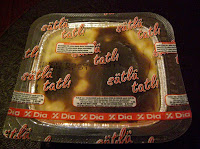
Tavuk Gogsu. The most intriguing pudding, made out of chicken breast and milk.
Chicken breast?
Yeap! Chicken breast is one of the ingredient, which are teared into small pieces. It may sound weird or disgusting or even funny. We were expecting some taste like chicken while eating it, but it doesn’t taste like chicken at all, just like an ordinary pudding. Smooth in texture tastes sweet. Really worth a try.

The chewy consistency comes from a tree gum called mastic, while the flavor and thickness come from salep, a ground wild orchid root.
Doy Doy Restaurant

Refreshing kiwi tea
While waiting our food, caught some street lives...

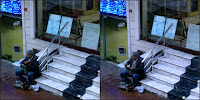


Lamb stew. Just nice in a cold and rainy day. Yumm~
Our 3 day trip in Istanbul wasn’t that enough. Much more parts to be explored. Much more food to be tasted.
Istanbul, we’ll be back! J























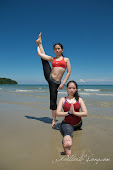

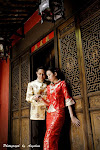
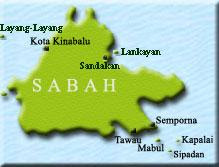
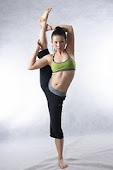

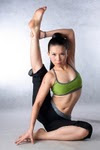

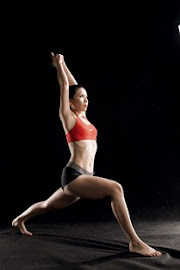
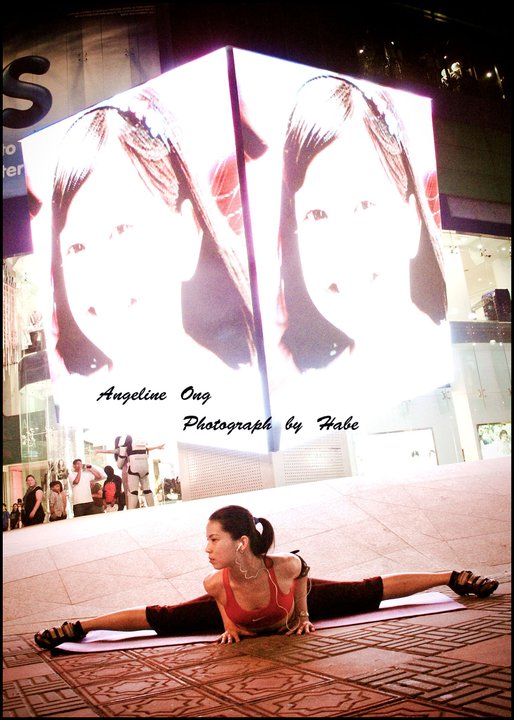
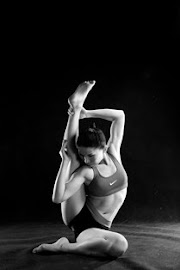


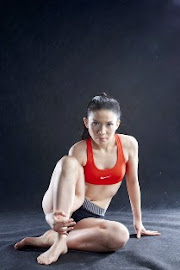
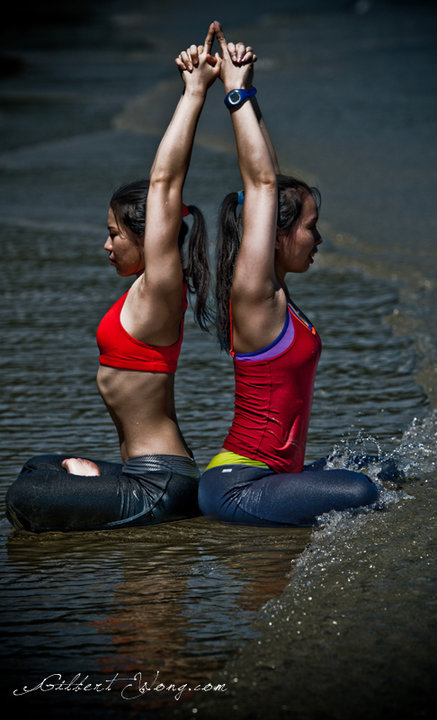

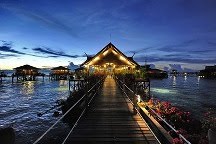
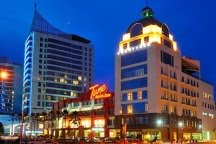




0 comments:
Post a Comment